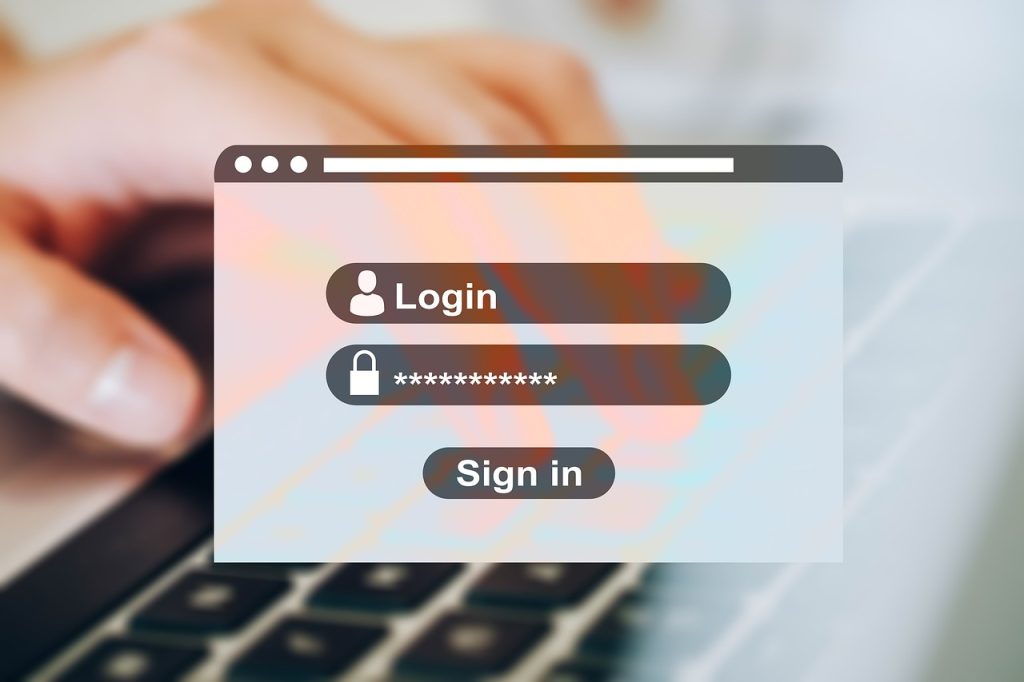As the world becomes more connected, personal privacy and security have become pressing issues for internet users. One solution to these concerns is anonymous web surfing, and one of the most common tools for achieving this is a proxy server. In this article, we will explore how to surf the web anonymously using proxies.
A proxy server acts as a middleman between you and the internet. When you send a request to visit a website, instead of going directly to the site, the request goes to the proxy server, which then forwards the request to the web page. The website sees the proxy server as the source of the request, not your computer. This process masks your IP address, making it harder for websites to track your online activities.
There are various types of proxy servers: HTTP proxies, SOCKS proxies, and SSL proxies. HTTP proxies are used for web browsing, SOCKS proxies for more general purposes, and SSL proxies offer added encryption for security.
Before diving into how to use a proxy, it’s worth mentioning that while proxies provide a level of anonymity, they don’t encrypt your data. For end-to-end encryption, consider using a VPN or Tor.
Step 1: Choosing a Proxy Server
There are countless free and paid proxy services available. Free proxies are tempting, but they often have limitations like slower speed, ads, or less reliable connections. Paid proxies offer better performance and additional features. Some popular proxy service providers include Hidester, Hide.me, and ProxySite.
When choosing a proxy, consider your needs. If you’re just trying to bypass geo-restrictions on content, a free service might suffice. However, if you’re concerned about privacy, a paid service is a safer bet.
Step 2: Setting Up the Proxy
Once you’ve chosen a proxy, you’ll need to set it up on your device. Most proxy services will provide detailed instructions on how to do this, but the general steps are as follows:
Navigate to your device’s network settings. On Windows, you’ll find this in the Control Panel under Internet Options. On Mac, it’s in System Preferences under Network.
Select the network you’re connected to and look for the proxy settings. This is usually under Advanced settings.
Enter the address and port number of your proxy server. These should be provided by your proxy service.
Save your changes and exit.
Step 3: Verifying the Proxy
After setting up the proxy, it’s crucial to verify that it’s working correctly. You can do this by visiting a site like WhatIsMyIP.com. If the proxy is working, the site should show the IP address of the proxy server, not your own.
Step 4: Using the Proxy
Now you’re ready to surf the web anonymously. Keep in mind that while a proxy masks your IP address, it doesn’t protect you from malware, phishing, or other online threats. Always use secure sites (https://), avoid downloading suspicious files, and be cautious when entering personal information online.
Step 5: Turn Off the Proxy
When you’re done using the proxy, don’t forget to turn it off. Simply navigate back to your device’s network settings and disable the proxy.
Advanced Options
For those who need more anonymity or are facing heavy censorship, tools like VPNs or the Tor network might be a better fit. VPNs encrypt all your traffic, while Tor bounces your requests around multiple servers worldwide, making it even harder to track your activities.
Remember, none of these tools provide 100% anonymity. They make tracking you more difficult but not impossible. Always follow good internet safety practices, no matter what tools you’re using.
In a world where online privacy seems to be vanishing, using a proxy server for anonymous web surfing can offer some peace of mind. While it’s not a foolproof method for complete privacy, it is an important tool in the arsenal for maintaining a degree of anonymity online.
However, it is equally important to be aware of the limitations of proxy servers. They provide a level of disguise for your IP address, but they do not offer end-to-end encryption of your data. Also, they cannot protect you from online threats like malware or phishing attacks.
For more robust privacy and security, you may want to consider using a VPN or the Tor network, both of which provide higher degrees of security and anonymity. Even then, remember that no tool can guarantee complete anonymity or security.
Your online safety is ultimately down to how you use these tools, and how cautious you are when sharing personal information, visiting websites, or downloading files from the internet. Always be vigilant, make informed decisions about the services you use, and continue to stay abreast of the ever-changing landscape of online privacy.
In conclusion, the ability to surf the web anonymously has become more than a luxury; it’s an essential strategy for maintaining our digital privacy and security. Using proxy servers is a simple yet effective way to achieve this, and with the steps outlined in this article, you are well on your way to a more secure browsing experience.







